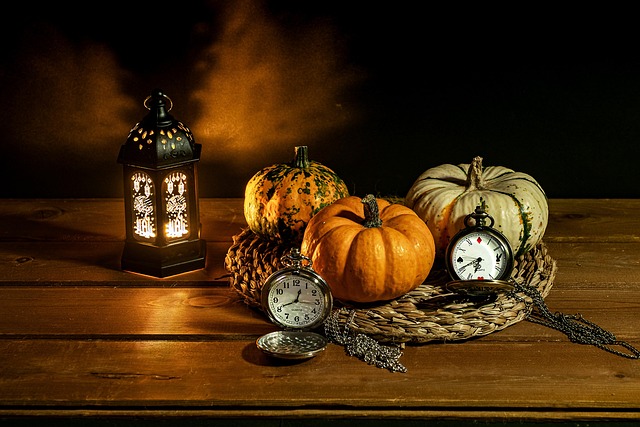Reviving the Art: A Guide to Restoration in Composition
In the world of composition, where creativity blooms and ideas intertwine, there often comes a point where a piece of work feels inadequate, incomplete, or simply lost amidst the chaos of creative thought. This sensation can be disheartening, yet it is a common experience for writers, musicians, and artists alike. At this juncture, restoration becomes an essential tool, allowing creators to revive their art and breathe new life into their compositions.
Understanding Restoration
Restoration in composition is more than just repairing what is broken; it is about rejuvenating a piece that has potential but may have strayed off course. Think of it as tending to a garden: sometimes, we need to prune the overgrowth, clear the weeds, and nourish the roots to allow the blossoms to flourish. This journey of restoration invites you to reevaluate your work through a fresh lens, reigniting your passion and creativity.
Recognizing the Need for Restoration
Every artist encounters the feeling of stagnation or disappointment in their work at some point. Perhaps your writing feels uninspired, the melody you crafted lacks resonance, or the artwork you’ve created no longer captures your initial vision. Acknowledge these feelings; they are not a sign of failure but rather an essential part of the creative process. Understanding that restoration is necessary allows you to take the first step towards revitalizing your composition.
The Restoration Process
1. Self-Reflection: Before embarking on the journey of restoration, take a moment to reflect on what you originally intended with your composition. What emotions did you want to convey? What message did you aim to share? This self-reflection can illuminate the path forward.
2. Gather Feedback: Sometimes, an outside perspective can provide invaluable insights. Share your work with trusted colleagues, friends, or mentors. Constructive criticism can reveal aspects you might have overlooked and suggest new directions for your piece.
3. Revise and Experiment: Armed with feedback and self-reflection, dive into the revision process. Allow yourself to experiment with different styles, formats, and techniques. Play with your composition as if it were clay, ready to be molded into something extraordinary. Don’t be afraid to stray from the norm to foster innovation.
Finding Inspiration in Restoration
One of the most beautiful aspects of the restoration process is that it often uncovers hidden layers of your work. As you revise and experiment, you might stumble upon a chord that resonates deeply or a phrase that perfectly encapsulates your message. Embrace these discoveries; they are the essence of what makes the art of composition so rewarding.
Tools for Restoration
To aid you in this restorative journey, consider utilizing various tools that foster creativity:
- Journaling: Keep a creative journal where you can jot down thoughts, feelings, and ideas that may inspire your restoration process.
- Mind Mapping: Use mind maps to visually organize your ideas and identify areas for improvement.
- Software Tools: Leverage technology—music software, writing editors, or digital art applications that can help refine and reshape your work.
Ultimately, restoration in composition is not just about fixing what feels wrong; it’s about rediscovering the passion and intention behind your art. Embrace the process, trust your instincts, and allow your creative spirit to guide you towards a beautifully restored piece that you can be proud of.



